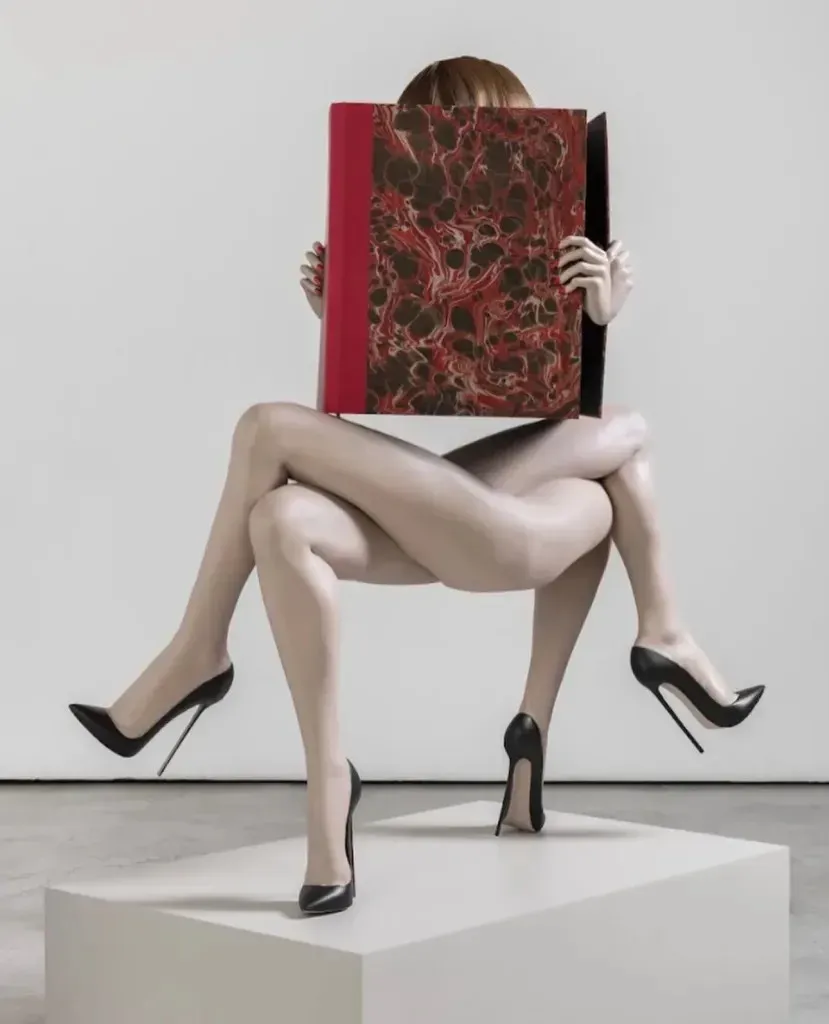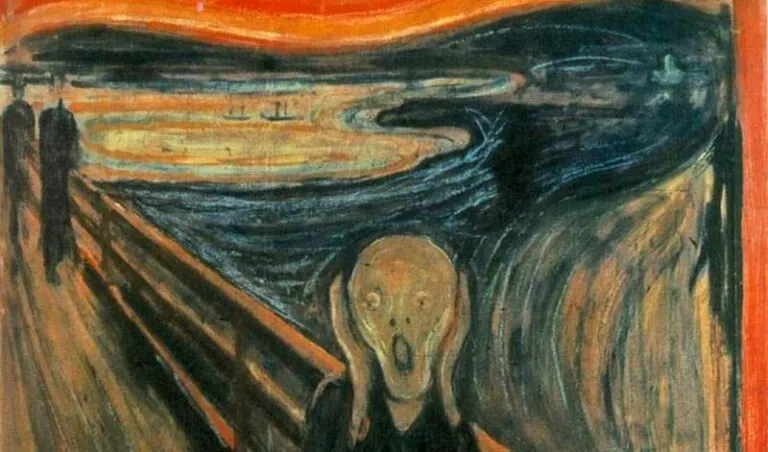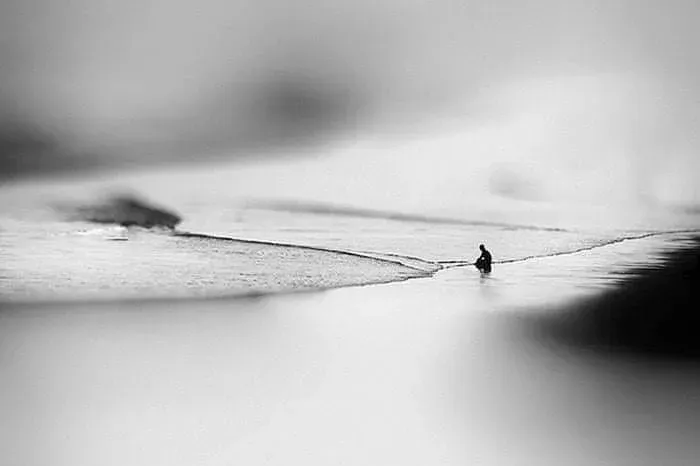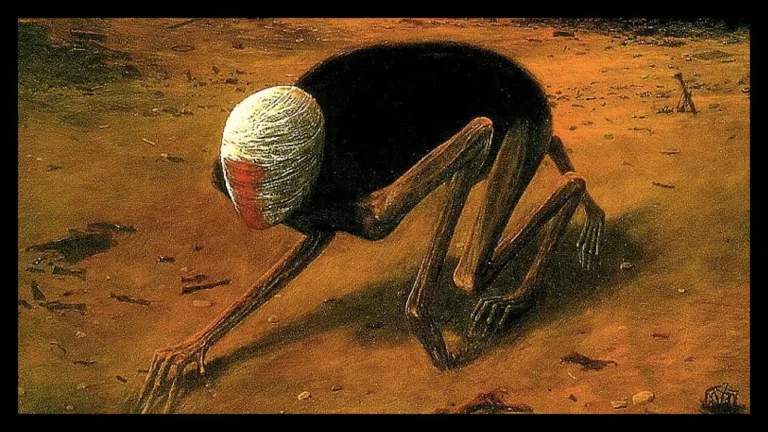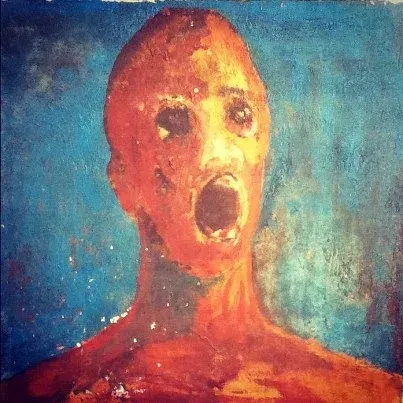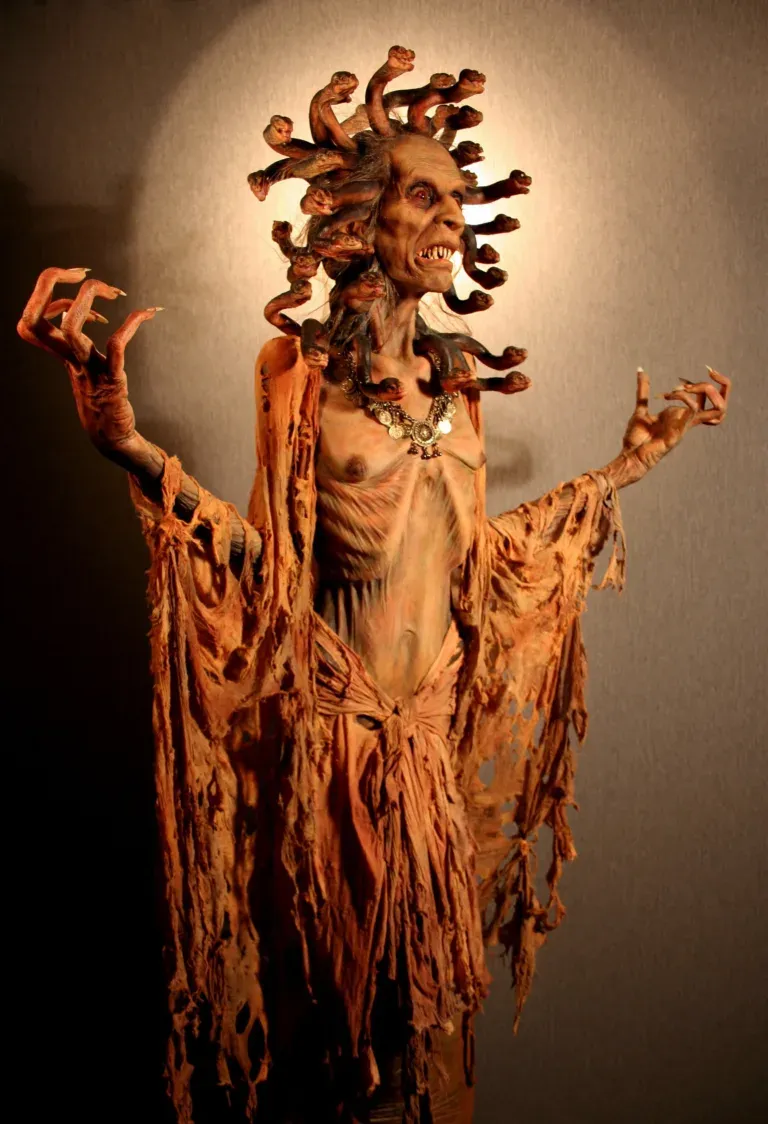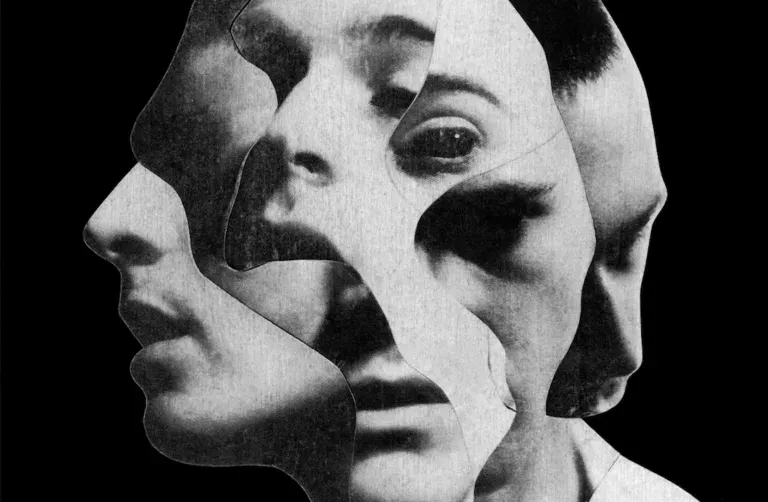The Distorted Feminine by Monica Piloni
The Distorted Feminine by Monica Piloni is a Brazilian artist born in 1978 in Curitiba, known for her distinctive and provocative artistic production. After graduating in 2002 from the School of Music and Fine Arts of Paraná, Piloni embarked on a journey exploring complex themes such as identity, sexuality, and the role of women in society. She currently lives and works in Brussels, where she continues to create pieces that challenge traditional perceptions of the body and femininity.
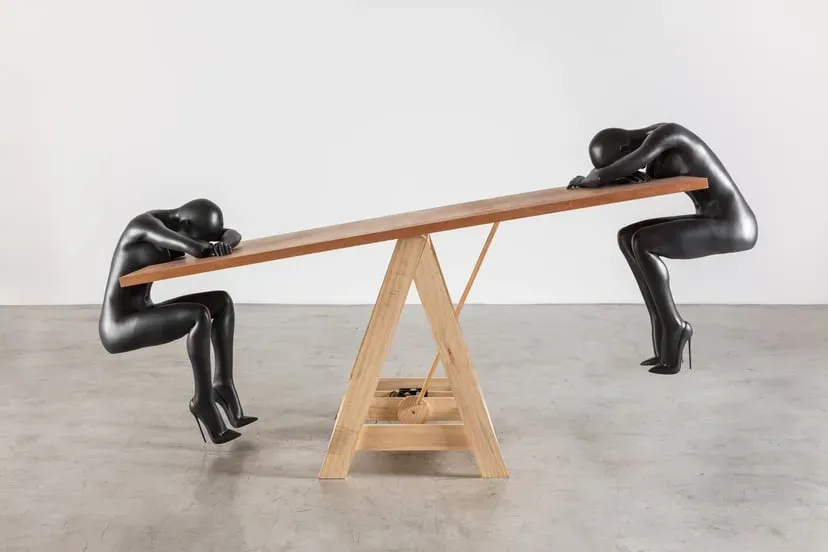 Piloni’s artistic approach primarily focuses on sculpture, using materials such as bronze, marble, ceramic, fiberglass, and synthetic resins. Each material is carefully chosen to meet the expressive needs of each work, allowing her to shape figures that appear as distortions of the human body, especially the female form. Her sculptures often depict contorted female figures, where techniques like mirroring, multiplication, or omission of body elements contribute to creating visually powerful and sometimes unsettling images.
Piloni’s artistic approach primarily focuses on sculpture, using materials such as bronze, marble, ceramic, fiberglass, and synthetic resins. Each material is carefully chosen to meet the expressive needs of each work, allowing her to shape figures that appear as distortions of the human body, especially the female form. Her sculptures often depict contorted female figures, where techniques like mirroring, multiplication, or omission of body elements contribute to creating visually powerful and sometimes unsettling images.
 The “distorted feminine” is a central theme in Piloni’s work, through which the artist reflects on the societal pressures that influence how women are perceived and perceive themselves. Her sculptures seem to embody a silent yet powerful protest against traditional expectations imposed on female bodies by society. In some pieces, female bodies are elongated or fragmented, in others they are multiplied or reduced to objects, evoking a sense of alienation that engages the viewer. Piloni invites those who view her works to reflect on the meaning of these altered forms and to question social and cultural constructions related to femininity.
The “distorted feminine” is a central theme in Piloni’s work, through which the artist reflects on the societal pressures that influence how women are perceived and perceive themselves. Her sculptures seem to embody a silent yet powerful protest against traditional expectations imposed on female bodies by society. In some pieces, female bodies are elongated or fragmented, in others they are multiplied or reduced to objects, evoking a sense of alienation that engages the viewer. Piloni invites those who view her works to reflect on the meaning of these altered forms and to question social and cultural constructions related to femininity.
 Beyond the visual form, Piloni also plays with the contrast between the familiar and the unknown. Her sculptures are often unsettling because they recall the human body in a familiar form but are distorted in a way that makes them strange. This dialectic between known and unknown, between familiar and disturbing, adds an additional layer of meaning to her works and contributes to creating a viewing experience that leaves a lasting impression.
Beyond the visual form, Piloni also plays with the contrast between the familiar and the unknown. Her sculptures are often unsettling because they recall the human body in a familiar form but are distorted in a way that makes them strange. This dialectic between known and unknown, between familiar and disturbing, adds an additional layer of meaning to her works and contributes to creating a viewing experience that leaves a lasting impression.
 Monica Piloni has exhibited her works in several international exhibitions, gaining attention for her ability to evoke deep reactions. Her art goes beyond representation, seeking to reflect on the complexity of female identity and the social construction of the body, using the language of sculpture to explore what often remains hidden or repressed. In a world that tends to impose rigid models of beauty and behavior, Piloni’s works stand as a cry for liberation, a challenge to the norms, and a celebration of the diversity and complexity of the feminine.
Monica Piloni has exhibited her works in several international exhibitions, gaining attention for her ability to evoke deep reactions. Her art goes beyond representation, seeking to reflect on the complexity of female identity and the social construction of the body, using the language of sculpture to explore what often remains hidden or repressed. In a world that tends to impose rigid models of beauty and behavior, Piloni’s works stand as a cry for liberation, a challenge to the norms, and a celebration of the diversity and complexity of the feminine.
 Subscribe to our YouTube channel
Subscribe to our YouTube channel
Come explore the world of Horror Art
